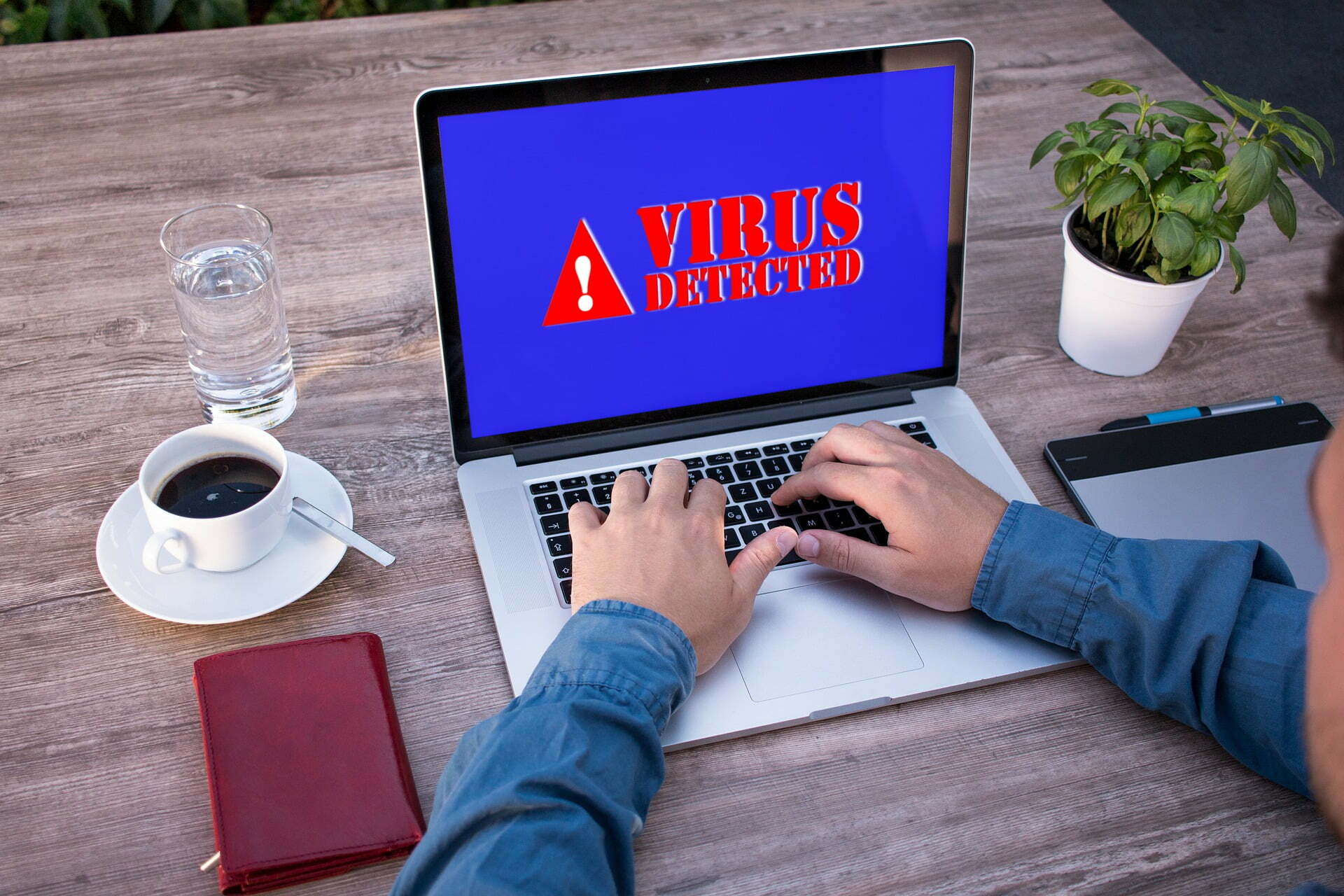Malware is a type of malicious software (malicious code) that can perform actions such as shutting down computers, stealing data, or threatening an organization. Malware can be used to steal personal information, infect devices with viruses, and even sabotage critical infrastructure.

While there are many different types of malware, they all share one common goal: to cause harm. Some of the most common types of malware include viruses, worms, Trojans, and spyware. Each type of malware has its own specific method of operation, but all share the same goal of causing harm to individual users or organizations. Malware is a serious threat to both individuals and organizations, and it is important to be aware of the dangers it poses. Despite the best efforts of security professionals, malware continues to evade detection and wreak havoc on computer systems around the world.
Types of Malware:
1. Adware: Malware that is installed on your computer without your knowledge and it collects information about you without your consent.
2. Fileless Malware: Fileless malware is a type of malware that does not rely on files to execute. They are called “fileless” because they don’t use any file to carry out their malicious activities.
3. Viruses: These are malicious software that infects the computer or mobile device without user’s knowledge. They can contain a payload which will cause damage to the system or data, steal personal information, or send spam messages.
4. Worms: These are self-replicating programs that can spread across networks and systems without any human intervention.
5. Trojans: These are malicious software pretend to be legitimate software in order to gain access to a user’s computer. They usually carry a payload which will cause damage to the system or data, steal personal information, or send spam messages.
6. Bots/Botnets: A botnet is a network of computers that has been infected with malicious software and controlled by hackers.
7. Ransomware: Malware that encrypts or locks up a file or files on your computer, demands money to decrypt them, and threatens to delete them if you don’t pay up.
8. Spyware: Malware that monitors what you do online without your knowledge or consent and transmits the information back to its creator for personal gain.
9. Rootkits: A rootkit is a type of software that is designed to make changes in the operating system without the owner’s knowledge. It can be installed by a user or an attacker, and it may modify the system’s kernel, kernel modules, device drivers, or bootloader.
10. Malvertising: Malvertising is the practice of using malware in advertising campaigns. The malicious software is usually injected into websites and advertisements to cause financial losses, steal personal information, or deploy other types of malware.
11. Keyloggers: Keyloggers are software that tracks your typing, capturing keystrokes and sending them to a remote computer. The most commonly used type of keylogger is a hardware device that plugs into the computer’s USB port.
12. Mobile Malware: Mobile Malware is a type of malware that is designed to target mobile devices. The most common types of Mobile Malware are spyware, adware, and ransomware.
13. Remote Malware: It infects another computer or network without the user’s knowledge.
14. System Malware: It infects the system and causes damage to it.
15 User Malware: It infects the user’s computer and makes them vulnerable to other attacks. How to Protect System from Malware
How to Protect Your Computer System or Smartphone against Malware:
The following are some steps that you should take in order to protect your system from malware:
- Download anti-virus software and update it regularly.
- Install an anti-malware application on your computer.
- Keep your operating system up to date, and don’t use outdated software or old hardware.
- Use strong passwords for all your online accounts, including email, social media, bank accounts, etc.
- Run anti-virus software on your device
- Install security patches on your device regularly
Conclusion: Malware can only affect your machine when you click on malicious links. So identify those links before click.